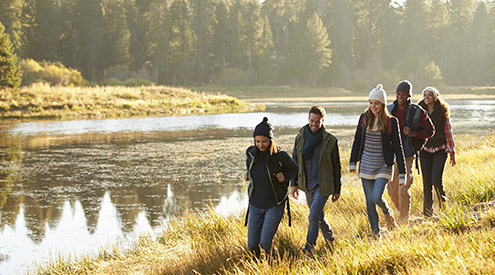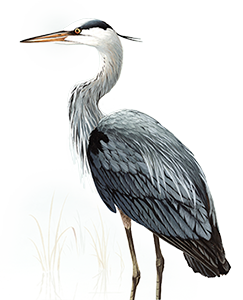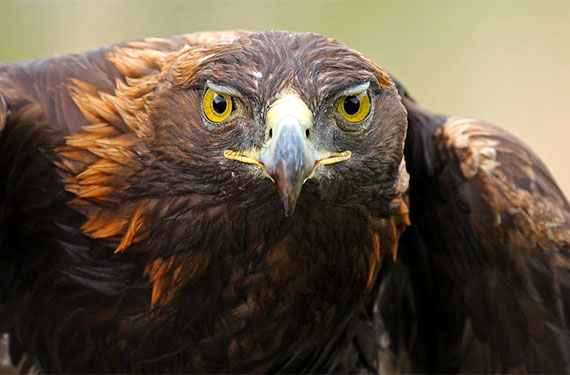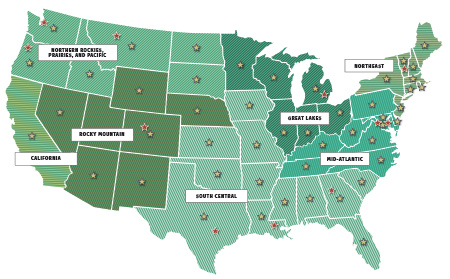Safeguarding wildlife in the face of climate change is now our biggest conservation challenge. Today climate change is already having profound effects on our wildlife and the habitats they call home. To ensure that wildlife can continue to thrive in a warmer world, we need to make conservation "climate-smart."
Climate Adaptation
In a warmer world, we may work in new places or protect plants and animals that haven't needed our help before. Becoming climate-smart doesn't mean forgetting about existing problems like pollution and invasive species that hurt wildlife. Instead, it means looking ahead and integrating the new challenges created by climate change into our conservation efforts.
Preparing for and coping with current and future climate impacts is an emerging field known as climate adaptation. The National Wildlife Federation has been at the forefront of this emerging field, working closely with federal and state agencies and other organizations to help conservation managers understand how to incorporate climate considerations into their work to better protect our species and ecosystems.
The National Wildlife Federation’s work on climate adaptation includes developing innovative new conservation approaches—such as our widely used guides to climate-smart conservation and climate change vulnerability assessment, as well as reports about climate adaptation that address impacts on wildlife and natural habitats and advance science-based solutions. We're also working with local partners to make their on-the-ground conservation projects more resilient in the face of climate change, and collaborating with local communities to find nature-based approaches to protect people from the impacts of climate change and increasingly severe weather.













